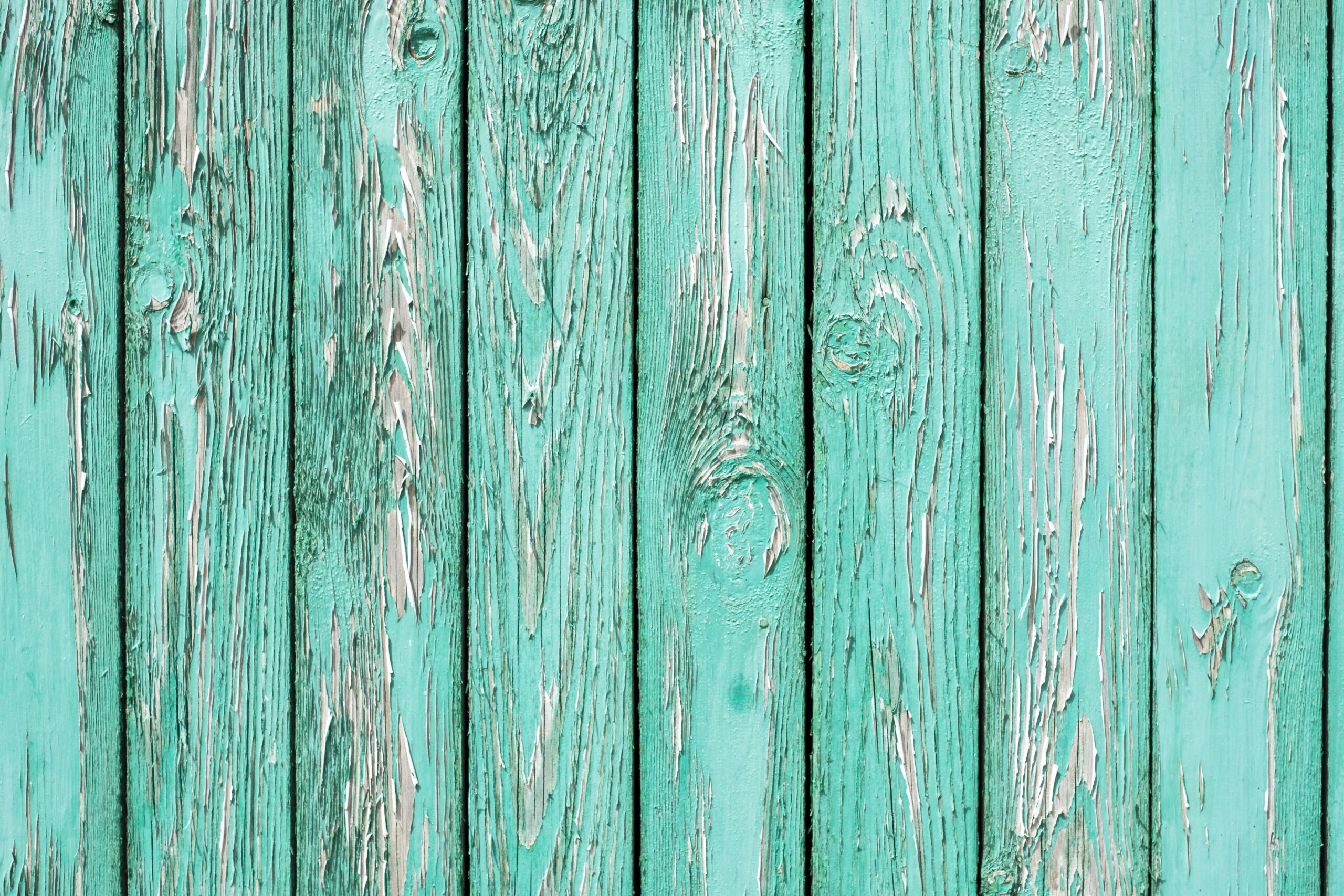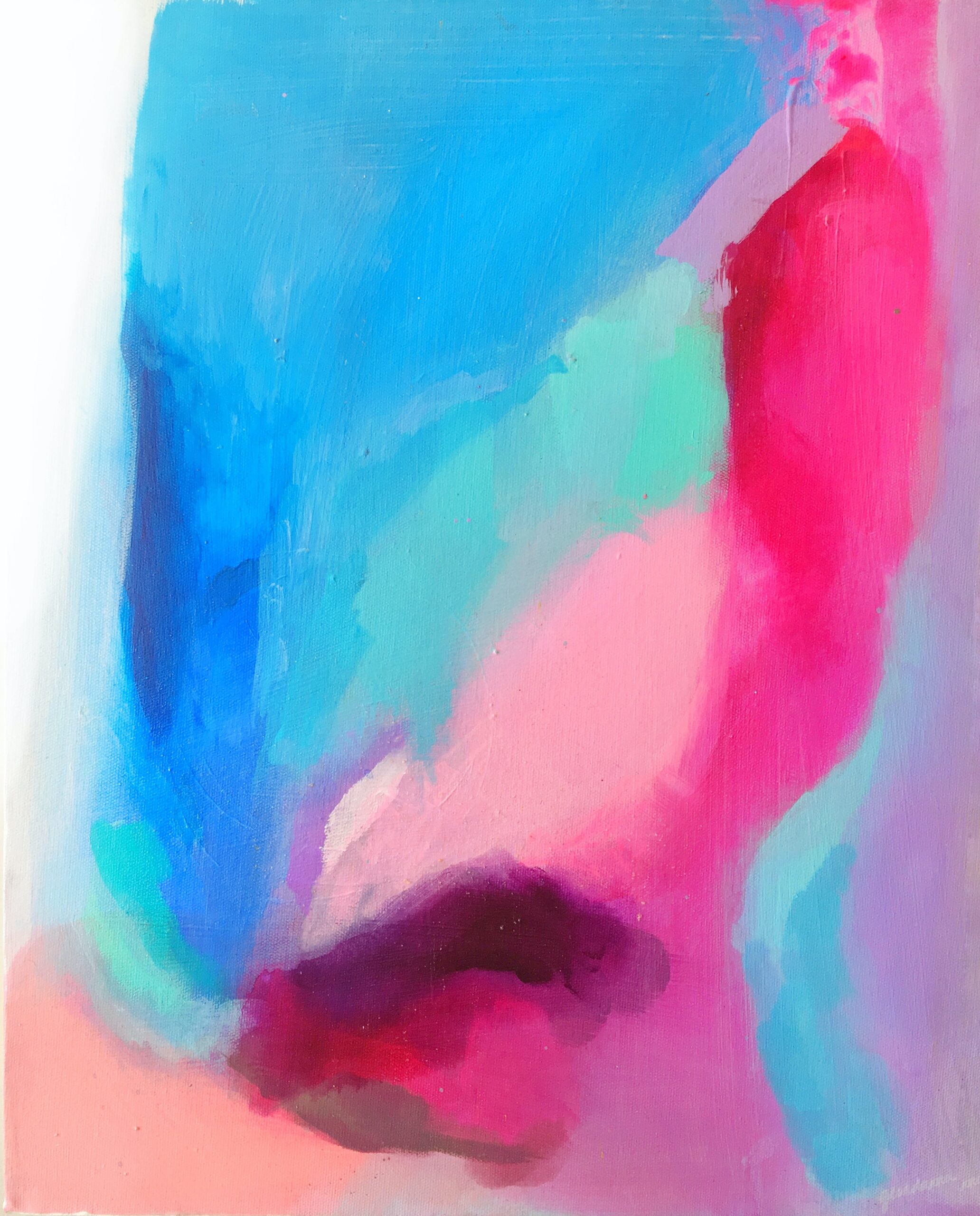Varnishing gouache paintings is a crucial step in preserving and enhancing the beauty of your artwork. Whether you are a professional artist or an enthusiastic hobbyist, understanding the process of varnishing is essential to ensure the longevity and protection of your gouache paintings. In this article, we will explore the various techniques and considerations involved in varnishing gouache paintings, allowing you to confidently apply this finishing touch to your creations.

This image is property of images.unsplash.com.
Preparation
Before varnishing your gouache painting, it is important to gather all the necessary materials. You will need a varnish specifically designed for gouache paintings, a clean and lint-free cloth or brush, and a well-ventilated workspace. Additionally, ensure that the painting surface is clean and free of any dust or debris. Use a gentle cleaner to wipe the surface and allow it to dry completely before proceeding. Lastly, make sure the paint on your artwork is fully dry. This is crucial to prevent any smudging or damage during the varnishing process.
Choosing the Right Varnish
Understanding the different types of varnish is essential in selecting the most suitable one for your gouache painting. There are two main types of varnish for gouache: acrylic varnish and resin varnish. Acrylic varnish is water-based, dries quickly, and offers a range of sheens to choose from. On the other hand, resin varnish is oil-based, takes longer to dry, and provides a glossy finish. Consider the desired sheen for your artwork and select the varnish accordingly.
It is always a good idea to test the varnish on a small area of your painting before applying it to the entire surface. This will help you ensure that the varnish dries clear and does not affect the colors or texture of the artwork. Apply a thin layer of varnish on an inconspicuous corner or edge, and allow it to dry completely. Observe the results and make adjustments if necessary.
Application Techniques
Setting up a clean workspace is crucial for achieving a professional-looking varnish on your gouache painting. Remove any dust or debris from the area and lay down a protective covering, such as a plastic sheet or newspaper, to catch any drips or spills. This will also prevent any contaminants from landing on the freshly varnished surface.
When applying varnish with a brush, choose a soft and wide brush that is specifically designed for varnishing. Start by gently stirring the varnish to ensure it is well mixed. Dip the brush into the varnish and remove any excess by gently tapping it against the varnish container. Apply the varnish in long, even strokes, working from top to bottom and left to right. Be careful not to overwork the varnish, as this can result in streaks or brush marks.
Alternatively, you can use a spray varnish for a more uniform and even application. Spray varnishes are available in aerosol cans and can provide a smooth and consistent finish. Follow the instructions on the can for proper usage and maintain a distance of about 12 inches from the artwork while spraying. Apply thin and even coats, allowing each layer to dry before applying the next.
Step-by-Step Varnishing Process
Before starting the varnishing process, prepare the varnish according to the instructions provided by the manufacturer. Some varnishes may require thinning with a solvent while others can be used as is. Make sure to mix the varnish thoroughly and avoid shaking it vigorously, as this can introduce air bubbles.
Begin by applying a thin layer of varnish to your gouache painting. This initial layer serves as a protective barrier and provides a smooth foundation for subsequent layers. Be careful not to apply too much varnish, as this can result in pooling and uneven drying. Allow the first layer to dry completely before proceeding.
Once the first layer is dry, you can start building up additional layers of varnish to enhance the sheen and durability of your artwork. Apply each layer in the same manner as the first, ensuring even coverage and avoiding excessive brush strokes. Multiple thin layers are preferred over one thick layer, as they allow for better control and a more even finish.
While varnishing, it is important to avoid overworking the varnish. This can lead to streaks, brush marks, or an uneven appearance. Work methodically and avoid going over areas that have already been varnished. If you notice any imperfections or streaks, it is best to let the varnish dry completely before attempting any corrections.

This image is property of images.unsplash.com.
Drying and Curing
Allowing the varnish to dry is crucial for achieving a long-lasting and professional-looking finish on your gouache painting. The exact drying time can vary depending on the type of varnish used and the temperature and humidity of your workspace. However, as a general guideline, you can expect the varnish to dry within a few hours to a few days.
Once the varnish is dry to the touch, it is important to ensure proper curing time before handling or storing the artwork. Curing refers to the process of the varnish fully hardening and becoming durable. Follow the instructions provided by the varnish manufacturer for the recommended curing time. This can range from a few days to a few weeks, so be patient and allow the artwork to fully cure before moving or framing it.
Finishing Touches
After the varnish has dried and cured, it is important to inspect the artwork for any dust or imperfections. Gently remove any dust particles using a clean and lint-free cloth or brush. Be careful not to damage the varnish or smudge the artwork while doing so.
Check for even coverage by observing the artwork from different angles and lighting conditions. Uneven coverage can detract from the overall appearance of the artwork. If necessary, you can apply additional thin layers of varnish to achieve a more uniform finish.
To protect the varnished painting, it is recommended to store it in a clean and dust-free environment. Avoid exposing the artwork to direct sunlight or extreme temperature and humidity fluctuations, as these can cause damage over time. If framing the artwork, ensure that the frame is properly sealed to prevent any contaminants from entering and affecting the varnish.

This image is property of images.unsplash.com.
Troubleshooting
In some cases, you may encounter issues during or after varnishing your gouache painting. Excessive brush strokes can occur if the varnish is overworked or applied too thickly. To minimize brush strokes, work quickly and use long, even strokes in a single direction. If brush strokes do appear, let the varnish dry completely and lightly sand the affected areas before applying a thin layer of varnish to correct the issue.
Yellowing or discoloration of the varnish can happen over time due to exposure to light or other environmental factors. To prevent or minimize yellowing, select a varnish that contains UV protection and ensure the artwork is stored in a location away from direct sunlight. Additionally, using a high-quality varnish from a reputable manufacturer can help reduce the risk of yellowing.
Removing Varnish
If you need to remove the varnish from your gouache painting, there are two main methods you can use: dissolving varnish with a solvent or using a varnish remover. Dissolving varnish with a solvent involves applying a suitable solvent to the varnish and gently wiping it away with a clean cloth. This method requires caution and should be done carefully to avoid damaging the paint or paper surface. Alternatively, you can use a varnish remover specifically designed for removing varnish from artwork. Follow the instructions provided by the manufacturer and take any necessary precautions to protect yourself and the artwork.

FAQs
Can you varnish over gouache? Yes, gouache paintings can be varnished to protect the surface and enhance the colors. However, it is important to ensure that the paint is completely dry before varnishing.
How often should gouache paintings be varnished? The frequency of varnishing gouache paintings depends on various factors, including the environment in which the artwork is displayed and the specific varnish used. As a general guideline, it is recommended to varnish gouache paintings every 1-3 years to maintain their appearance and protection.
Can varnishing be done on unfinished or unfinished gouache paintings? It is not advisable to varnish unfinished or unfinished gouache paintings. The varnish may interact with the wet or partially dried paint, leading to undesirable effects such as color bleeding or smudging. Ensure that the gouache painting is fully dry before proceeding with varnishing.
Conclusion
Varnishing gouache paintings is an important step in preserving and enhancing their appearance. By following the proper preparation, choosing the right varnish, and employing the correct application techniques, you can achieve a professional and long-lasting finish. Regularly inspect and care for varnished gouache paintings to ensure their continued protection and beauty.




